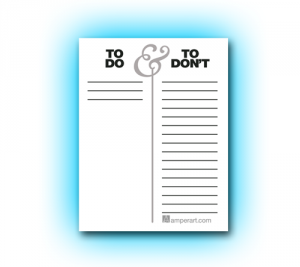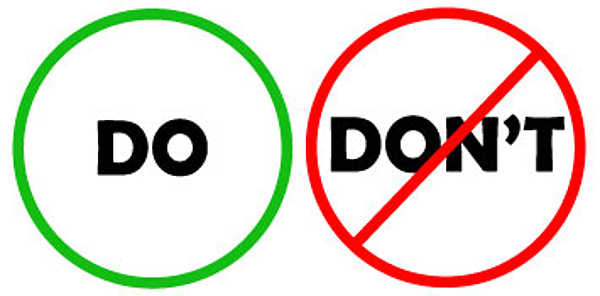Travelling by bus through the Himalayas, we noticed a man attempting to throw three empty plastic water bottles out of the bus window. We immediately told him not to do that. The man looked at us, then withdrew the bottles, thankfully not converting the beautiful landscape into a landfill. After a while, he walked to us and asked if we ever planted trees. When we said no, he launched into a virtue-loaded story about how he planted a tree on his birthday every year from when he was a certain age and on special occasions like Diwali, children’s day, etc and now that he was 57, he must have planted more than 50 trees. Priya (my wife) and I did our best to listen and keep up with his bragging.
The man’s story was good. He had focused on what he should do to increase the earth’s green cover one tree at a time. However, what about garbage and their harmful effects? What about his non-biodegradable plastic bottles meddling with the Himalayan landscape and causing a hazard for the soil, the plants and the animals?
The man had focused only on what to DO and had ignored what NOT to DO. The man would have benefited from a DOs and DON’Ts list. You often need both to enforce discipline.
The power of Dos and Don’ts
While following any activity that needs discipline, it makes sense to follow a list of Dos and Don’ts. This is because not making certain mistakes is as important as performing the right activities. Without the Dos, you wouldn’t know how to proceed and what action to take. Without the don’ts, you wouldn’t know what to avoid. Want to make the earth a greener place? Plant trees in your locality, use bicycles for commute when you travel solo with less than 10 kilos of luggage, sort your waste into those biodegradable and those non-biodegradable. But also, don’t throw waste anywhere other than inside a dustbin, don’t use your car unless there are at least two persons travelling with luggage in tow and don’t buy merchandise from any company that you know is flouting environmental rules. Want to lead a healthy lifestyle? Wake up an hour before sunrise, eat plenty of proteins, fruits and vegetables, exercise regularly. But also, don’t watch TV for more than half an hour a day, don’t eat more than 20 grams of fried food a day, don’t ever have carbonated drinks and don’t stay awake beyond 11 pm.
As you can see, creating these two lists can provide you with a manifesto on how to stay on course for the goals that you value most. On one side, you have the steps to take action to get you towards the goal, while on the other, you have a list of mistakes that you know you must avoid.
How to make and expand a list

Starting with a Dos and Donts list is very easy. You need a long sheet of paper. Divide the paper into two columns, with Dos on the left column and Don’ts on the right one. Start writing all the activities you must do in the Dos column. Don’t worry about being perfect and all-inclusive. You have all the time in the world to refine the list anytime you want. Always be as concrete as you can. The action written must create movies in your mind. For instance, “Eat proteins (legumes, besan, nuts), vegetables and fruits” or “Run 5 kilometres at 6 am” are better than “Eat healthy food” and “Exercise in the morning”. Next, you move onto the Don’ts list with whatever you know must be avoided. Again, don’t worry about including everything. You always have room to make mistakes and expand the Don’ts list as you learn. If you are learning a new skill, such as playing a guitar, you may not even have any items on the Don’ts list. That is okay. You will have a long list as you master the skill. Here is another simple trick about Don’ts that works for me. Don’t use words like ‘Avoid’, ‘Boycott’, ‘Refuse’. These words convey the meaning of “Don’t”, but unless my eyes see the word “Don’t”, the prohibition does not register. For me, “Don’t ever shoot regular landscape photos in shutter speed mode” is more powerful than “Avoid using shutter speed mode for regular landscape photography”.
Giving yourself some slack
The idea of Dos and Don’ts is to keep you in a straight line lest you diverge. But life happens, so it is not always possible to stick to your lists all the time. Some adjustments to the Dos and Don’ts list can help you here. Instead of drawing a straight line to march on, you can draw two lines to create margins and stay within them. So, a Do rule of “Run 5 km everyday” is hard for most people to stick to. But you can have two rules as, “Run 5 km at least 4 times a week” and “Don’t ever skip running sessions for two days in a row”. You have given yourself a margin to miss running 3 times a week, but not more than that. The Don’t rule also makes sure that you don’t miss 3 days in a row at the start of the week and then suddenly run for 4 days straight to catch up. This way your running sessions will be spread out over the week even if you are not yet ready to run everyday. You can have similar rules for writing. “Write upto 500 words for my book everyday” and “Don’t write less than 50 words for my book on any day” gives you the leeway to write between 50 and 500 words everyday. You should try to stick to 500, but if you can’t then your minimum should be 50.
Conclusion
While starting with an activity, discipline is what keeps you going. But discipline is an abstract term simply recommending that you stay on your course to get maximum benefits. A Dos and Don’ts list is a concrete and an actionable way to setting up discipline to work for you everyday. Give it a try and let me know how it works.

In this age of distractions, the donts list is at least equally important as that of the do’s list. ‘Don’t look at facebook or news until I am done with writing this report’, helps keep the focus on the job at hand than get carried away !!